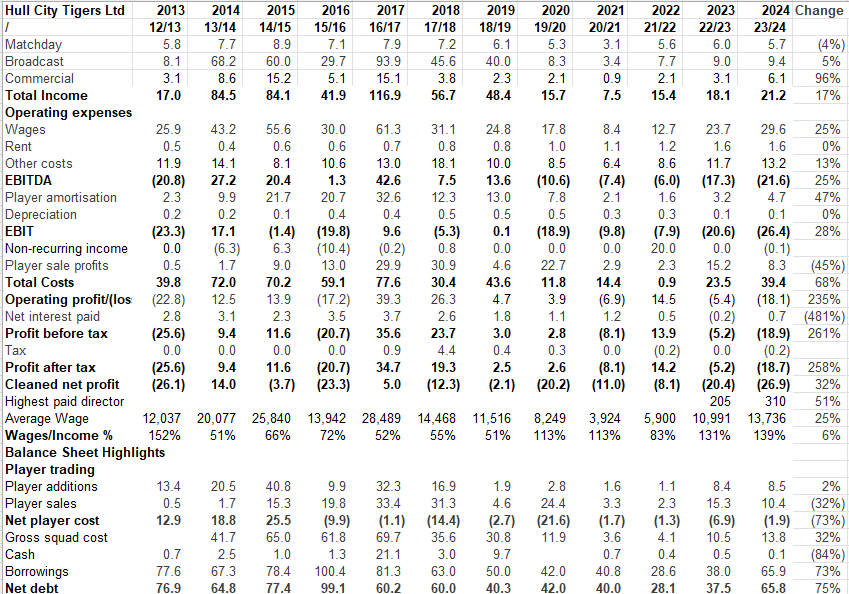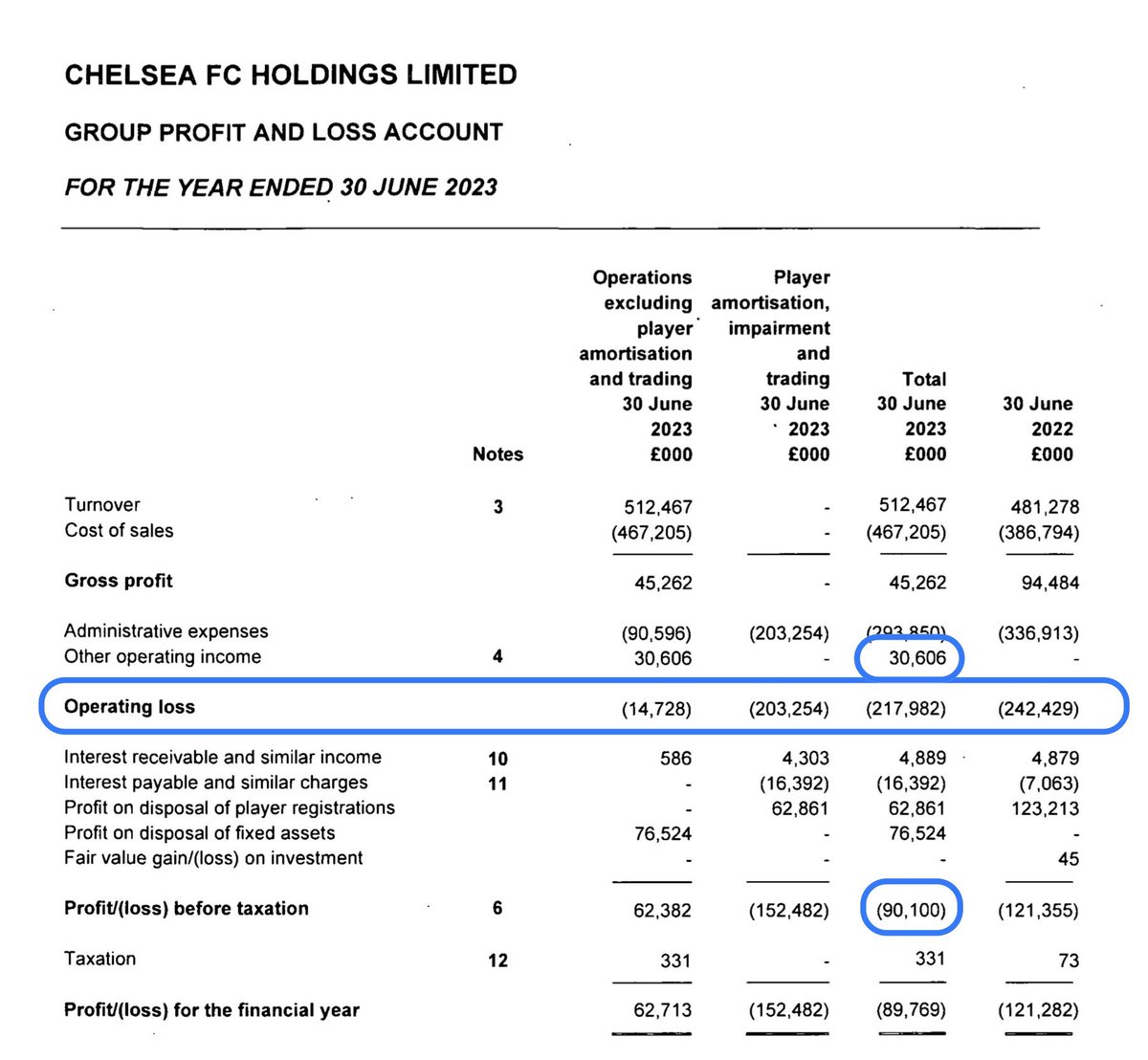Aston Villa publish 2020/21 accounts
Revenue ⬆️ £71m mainly due to higher broadcast income
Losses ⬇️ from £100m to £38m #AVFC
Revenue ⬆️ £71m mainly due to higher broadcast income
Losses ⬇️ from £100m to £38m #AVFC

Villa have total losses over the years of £584 million, third highest in EPL after Chelsea and Manchester City. Balance sheet shored up though by big cash share issues to owners. 

Villa spent £89m cash on players in 2020/21, slightly down from previous season. Owners have put £225 million cash into club via shares issues into Villa in last two years. 

Income up despite Covid due to ⬆️ broadcast revenue. This is due to ⬆️ league position than previous season worth about £13m and playing⬆️ PL matches (44 compared to 32) in the year to 31 May 2021 due to impact of lockdown. Villa had a £2.5m business interruption insurance claim 

Amortisation (transfer fees spread over contract life) cost down 20% despite large investment in squad. Academy costs (exempt from FFP) nearly £11m 

Villa wage bill up £29m. Average weekly wage now £64,000. Highest paid director pay ⬇️ over £450k for year 

Villa owe about £72m for transfer fee instalments but have no external debt . This is because club issued £225m of shares, which are non repayable, to fund the club. Most commentators* consider this to be best way of funding.
*except for 50% of Glasgow residents

*except for 50% of Glasgow residents


Villa may have to pay a further £51m in transfer fees for players already signed in add-one if specific goals are achieved. 

Villa included a fascinating* summary of impact of COVID on the club since it started. Could have claimed (but didn’t) furlough of £1.6m, player sales ⬇️ of £9m as market fell etc. Overall cost to club estimated at £56m #AVFC 

• • •
Missing some Tweet in this thread? You can try to
force a refresh








































